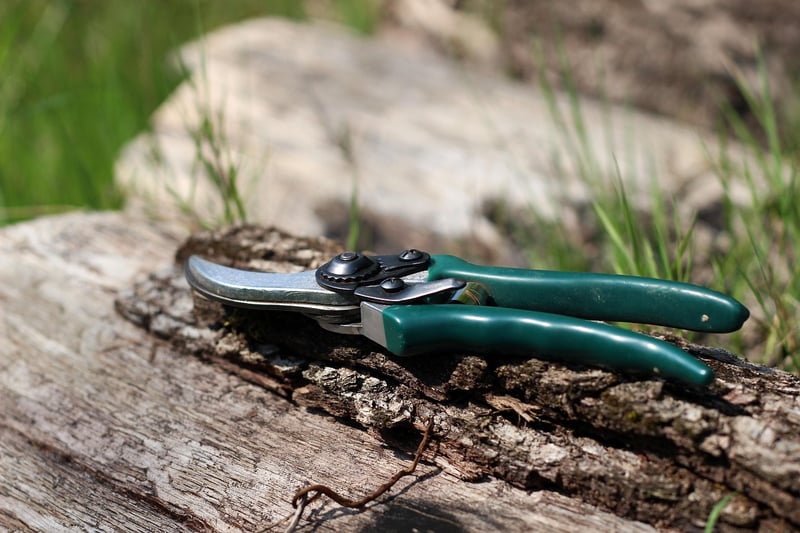Pruning Techniques
Maintain Healthy Plants with Proper Pruning Techniques
Proper pruning is a crucial aspect of plant care that can help maintain their health and promote growth. By using the right techniques, you can ensure that your plants thrive and enhance the overall appearance of your garden or indoor space. Here are some essential tips for effective pruning:
1. Understand the Plant's Needs
Before pruning any plant, it's essential to understand its specific requirements. Different plants may need different pruning methods based on their growth habits, flowering patterns, and overall health. Researching your plant species or consulting with a gardening expert can help you determine the best approach.
2. Use the Right Tools
Investing in high-quality pruning tools is essential for successful pruning. Sharp and clean tools such as pruning shears, loppers, and saws will make the job easier and help prevent damage to the plant. Remember to sterilize your tools before and after use to prevent the spread of diseases.
3. Remove Dead or Diseased Branches
One of the primary purposes of pruning is to remove dead, damaged, or diseased branches. These areas can attract pests and diseases, impacting the overall health of the plant. By cutting them away, you can promote new growth and prevent further issues.
4. Encourage Growth and Shape the Plant
Pruning can also help shape the plant and encourage new growth in desired areas. By selectively removing branches, you can direct the plant's growth, promote fuller foliage, and enhance flowering. Be mindful of the plant's natural growth pattern and avoid over-pruning.
5. Timing is Key
The timing of pruning can vary depending on the plant species. In general, it's best to prune flowering plants right after they finish blooming, while dormant plants are typically pruned in late winter or early spring. Avoid pruning during extreme weather conditions or when the plant is stressed.
6. Monitor the Plant's Response
After pruning, monitor how the plant responds to the trimming. Look for signs of new growth, improved flowering, and overall health. Adjust your pruning techniques based on the plant's feedback to ensure continued success.
Conclusion
Pruning is an essential skill for any gardener or plant enthusiast. By understanding the plant's needs, using the right tools, and following proper techniques, you can maintain healthy plants and create a beautiful outdoor or indoor space. Remember to research specific plant requirements and seek guidance if needed to ensure the best results.

Take care of your plants, and they will reward you with lush foliage and vibrant blooms!
